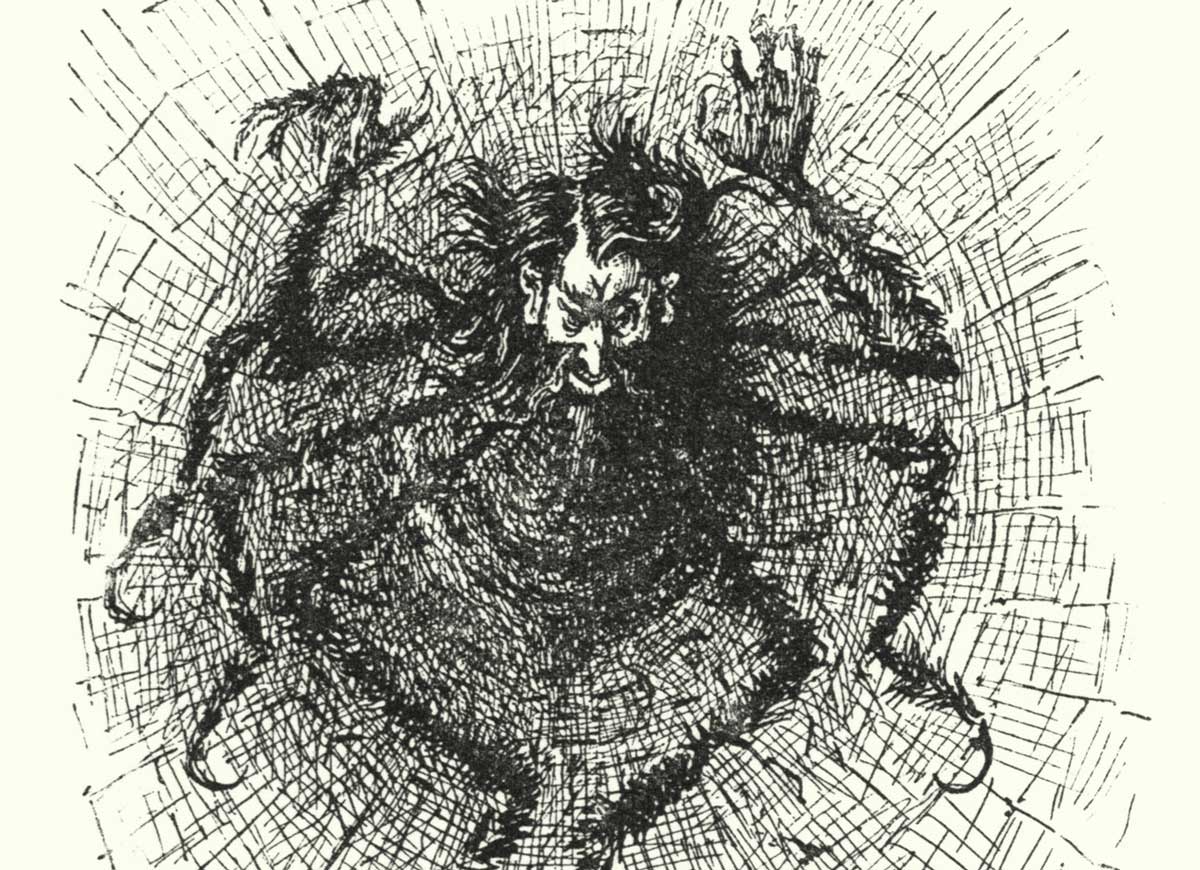The First Svengali
Svengali appeared as a character in Trilby, released as a book in the US on 8 September 1894.

Whenever Dominic Cummings makes the headlines, commentators reach for the same word to describe his relationship with the prime minister: he is Boris Johnson’s Svengali. But who was the original Svengali?
Svengali is one of those rare literary creations that becomes shorthand for a kind of behaviour: in this case, mesmeric control over another.He originated in George du Maurier’s novel Trilby. The book was a publishing phenomenon. First serialised in Harper’s Magazine beginning in January 1894, it added 100,000 to the magazine’s circulation before its second instalment. Issued as a book in the US on 8 September 1894, it sold 100,000 copies in a month; within five months, 200,000. Similar success followed in the UK.
It is the story of Trilby O’Farrell, a young, promiscuous free-spirit in 1850s bohemian Paris and the men who want to control her. The most successful of these is Svengali, whose supernatural powers enable him to dominate and ultimately destroy her. Svengali is, among other things, a grotesquely antisemitic caricature.
Trilby wasn’t just a literary phenomenon. The last vestiges of Trilbyana, the craze it inspired, remain in the style of hat, but for a few years Trilby was ubiquitous. There was a Trilby ham and a Trilby sausage (‘something new [that] fills a long-felt want’, the copy said). There were Trilby soaps, sweets and toothpaste, Trilby dolls and fans. A game. A puzzle. A whole town in Florida was named after it, with streets named for its other characters.
One of the novel’s curiosities is that its sexual undertones are sublimated into an obsession with Trilby’s feet. The fetish didn’t go unmarked commercially: the name Trilby was given to a style of high-heeled shoe. A newspaper printed a lifesize outline of the ‘perfect Trilby foot’. You could buy a silver scarf-pin modelled after it. Strangest of all, you could buy a foot-shaped Trilby ice cream, too.
Du Maurier, who had tried to persuade Henry James to write the story, found its success traumatic. He died in 1896. On his death bed, he said: ‘[Trilby’s] popularity has killed me at last.’




